Suash Deb
Population-based metaheuristics for Association Rule Text Mining
Jan 17, 2020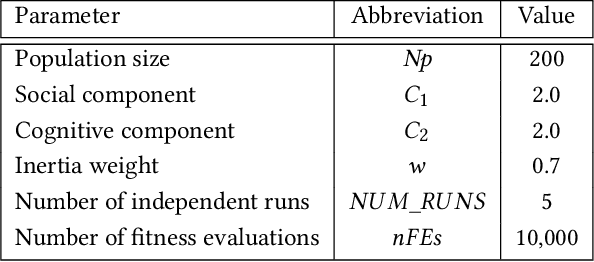
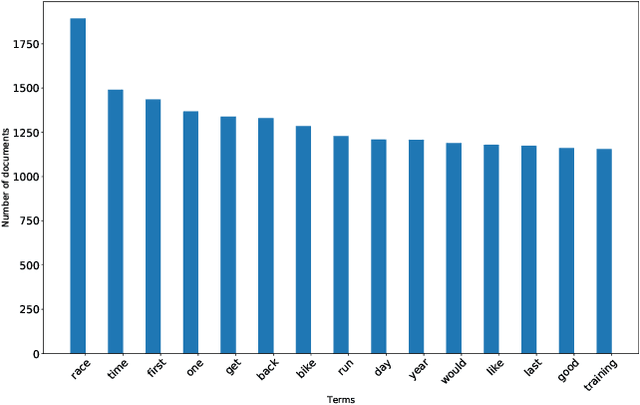
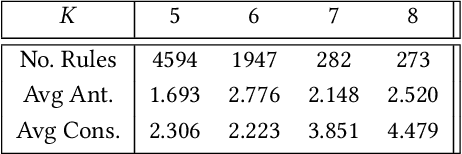

Abstract:Nowadays, the majority of data on the Internet is held in an unstructured format, like websites and e-mails. The importance of analyzing these data has been growing day by day. Similar to data mining on structured data, text mining methods for handling unstructured data have also received increasing attention from the research community. The paper deals with the problem of Association Rule Text Mining. To solve the problem, the PSO-ARTM method was proposed, that consists of three steps: Text preprocessing, Association Rule Text Mining using population-based metaheuristics, and text postprocessing. The method was applied to a transaction database obtained from professional triathlon athletes' blogs and news posted on their websites. The obtained results reveal that the proposed method is suitable for Association Rule Text Mining and, therefore, offers a promising way for further development.
Multi-Species Cuckoo Search Algorithm for Global Optimization
Mar 27, 2019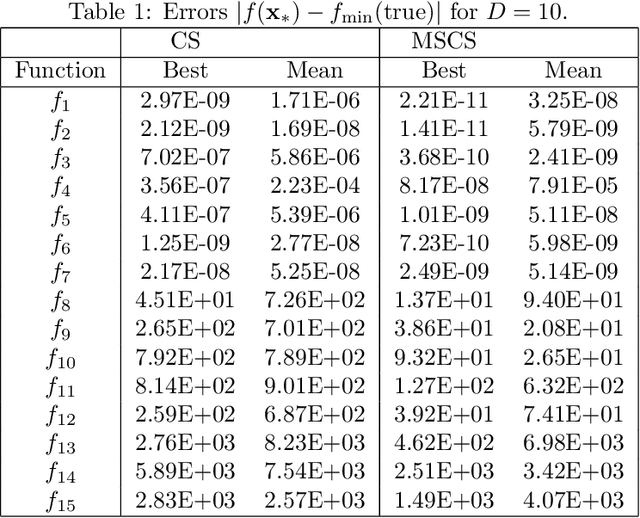
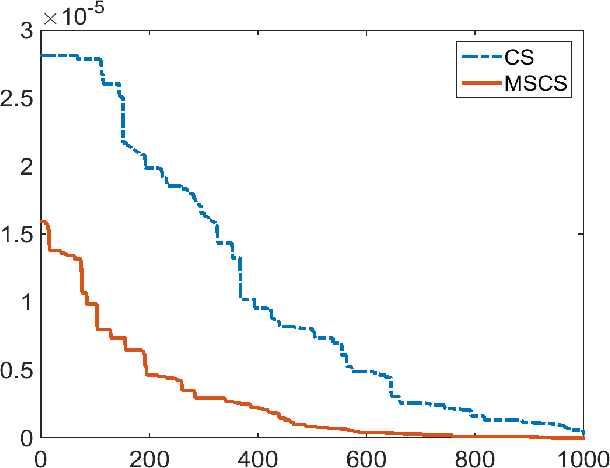
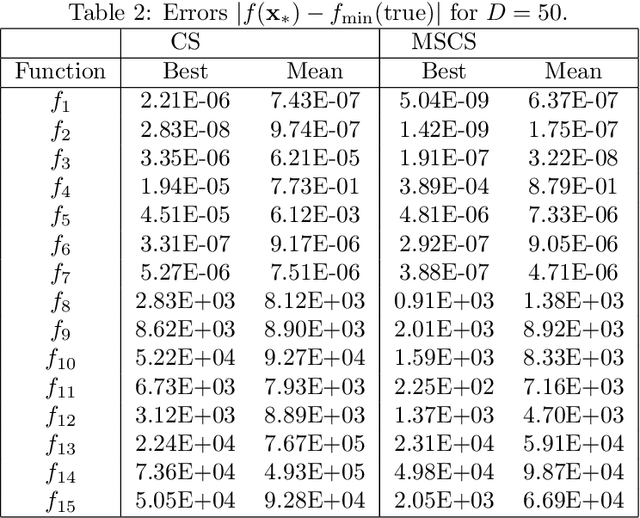

Abstract:Many optimization problems in science and engineering are highly nonlinear, and thus require sophisticated optimization techniques to solve. Traditional techniques such as gradient-based algorithms are mostly local search methods, and often struggle to cope with such challenging optimization problems. Recent trends tend to use nature-inspired optimization algorithms. This work extends the standard cuckoo search (CS) by using the successful features of the cuckoo-host co-evolution with multiple interacting species, and the proposed multi-species cuckoo search (MSCS) intends to mimic the multiple species of cuckoos that compete for the survival of the fittest, and they co-evolve with host species with solution vectors being encoded as position vectors. The proposed algorithm is then validated by 15 benchmark functions as well as five nonlinear, multimodal design case studies in practical applications. Simulation results suggest that the proposed algorithm can be effective for finding optimal solutions and in this case all optimal solutions are achievable. The results for the test benchmarks are also compared with those obtained by other methods such as the standard cuckoo search and genetic algorithm, which demonstrated the efficiency of the present algorithm. Based on numerical experiments and case studies, we can conclude that the proposed algorithm can be more efficient in most cases, leading a potentially very effective tool for solving nonlinear optimization problems.
* 15 pages, 1 figures
Cuckoo Search: State-of-the-Art and Opportunities
Apr 22, 2018Abstract:Since the development of cuckoo search (CS) by Yang and Deb in 2009, CS has been applied in a diverse range of applications. This paper first outlines the key features of the algorithm and its variants, and then briefly summarizes the state-of-the-art developments in many applications. The opportunities for further research are also identified.
Swarm Intelligence: Past, Present and Future
Apr 21, 2018

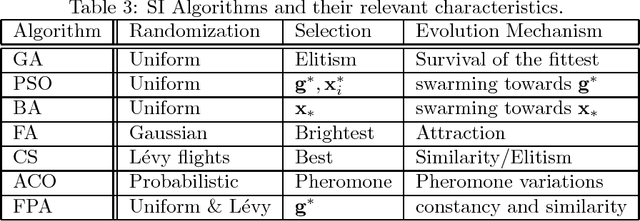
Abstract:Many optimization problems in science and engineering are challenging to solve, and the current trend is to use swarm intelligence (SI) and SI-based algorithms to tackle such challenging problems. Some significant developments have been made in recent years, though there are still many open problems in this area. This paper provides a short but timely analysis about SI-based algorithms and their links with self-organization. Different characteristics and properties are analyzed here from both mathematical and qualitative perspectives. Future research directions are outlined and open questions are also highlighted.
Modeling preference time in middle distance triathlons
Jul 03, 2017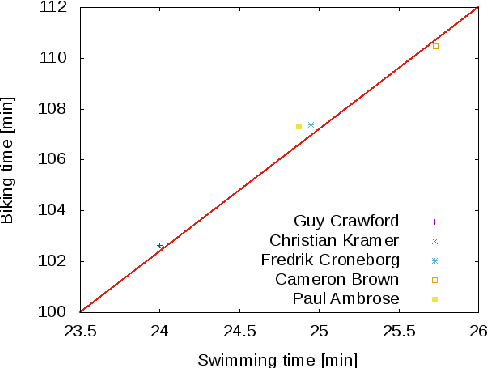
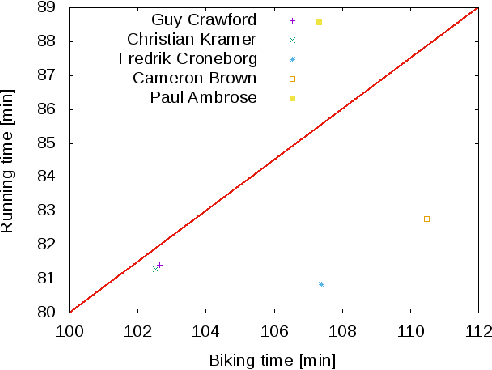
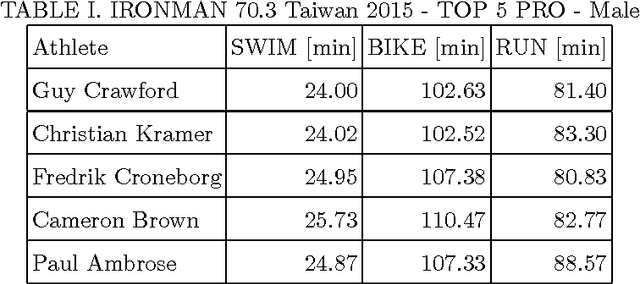
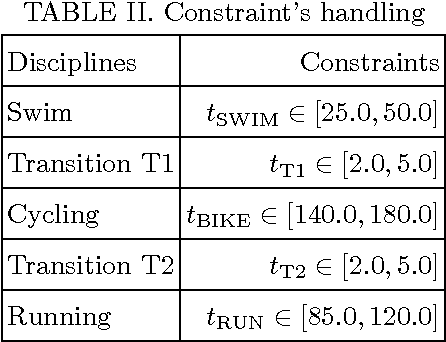
Abstract:Modeling preference time in triathlons means predicting the intermediate times of particular sports disciplines by a given overall finish time in a specific triathlon course for the athlete with the known personal best result. This is a hard task for athletes and sport trainers due to a lot of different factors that need to be taken into account, e.g., athlete's abilities, health, mental preparations and even their current sports form. So far, this process was calculated manually without any specific software tools or using the artificial intelligence. This paper presents the new solution for modeling preference time in middle distance triathlons based on particle swarm optimization algorithm and archive of existing sports results. Initial results are presented, which suggest the usefulness of proposed approach, while remarks for future improvements and use are also emphasized.
Making up for the deficit in a marathon run
May 09, 2017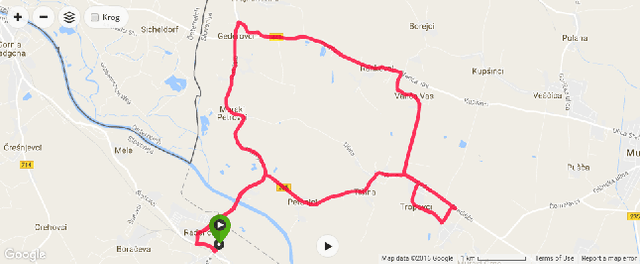
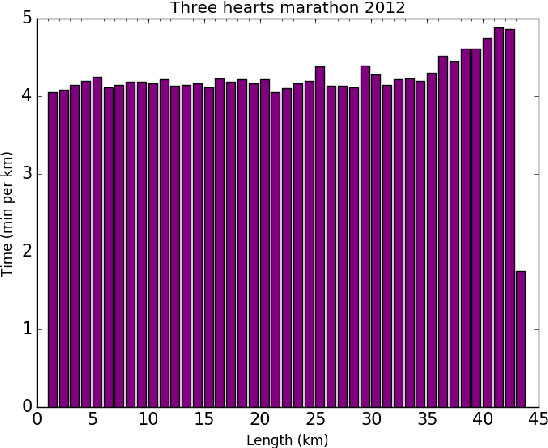
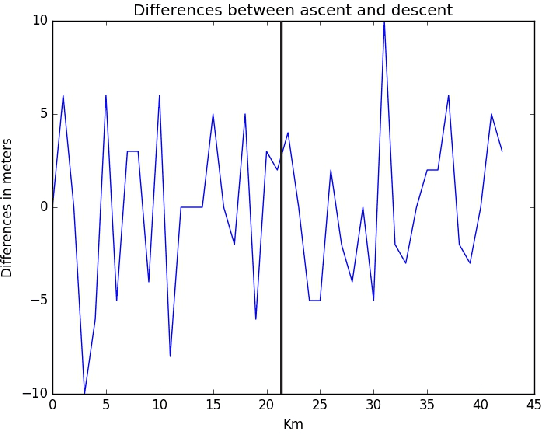
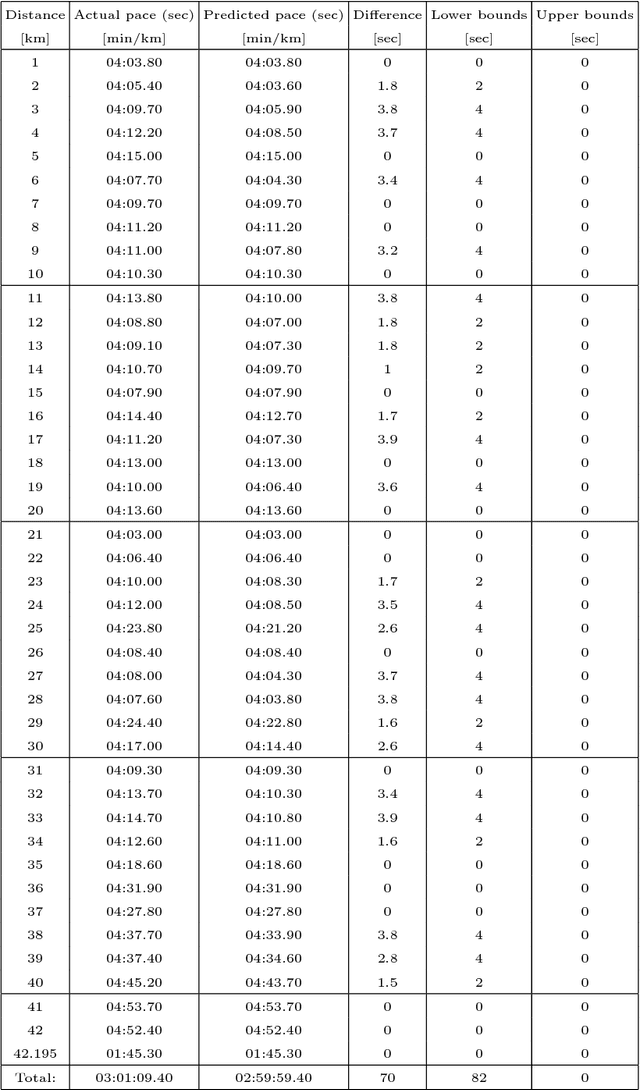
Abstract:To predict the final result of an athlete in a marathon run thoroughly is the eternal desire of each trainer. Usually, the achieved result is weaker than the predicted one due to the objective (e.g., environmental conditions) as well as subjective factors (e.g., athlete's malaise). Therefore, making up for the deficit between predicted and achieved results is the main ingredient of the analysis performed by trainers after the competition. In the analysis, they search for parts of a marathon course where the athlete lost time. This paper proposes an automatic making up for the deficit by using a Differential Evolution algorithm. In this case study, the results that were obtained by a wearable sports-watch by an athlete in a real marathon are analyzed. The first experiments with Differential Evolution show the possibility of using this method in the future.
Bat Algorithm is Better Than Intermittent Search Strategy
Aug 22, 2014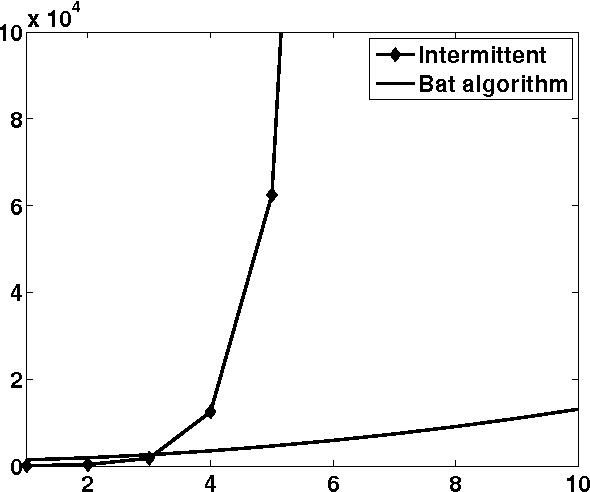

Abstract:The efficiency of any metaheuristic algorithm largely depends on the way of balancing local intensive exploitation and global diverse exploration. Studies show that bat algorithm can provide a good balance between these two key components with superior efficiency. In this paper, we first review some commonly used metaheuristic algorithms, and then compare the performance of bat algorithm with the so-called intermittent search strategy. From simulations, we found that bat algorithm is better than the optimal intermittent search strategy. We also analyse the comparison results and their implications for higher dimensional optimization problems. In addition, we also apply bat algorithm in solving business optimization and engineering design problems.
Cuckoo Search: Recent Advances and Applications
Aug 22, 2014Abstract:Cuckoo search (CS) is a relatively new algorithm, developed by Yang and Deb in 2009, and CS is efficient in solving global optimization problems. In this paper, we review the fundamental ideas of cuckoo search and the latest developments as well as its applications. We analyze the algorithm and gain insight into its search mechanisms and find out why it is efficient. We also discuss the essence of algorithms and its link to self-organizing systems, and finally we propose some important topics for further research.
* 9 pages
 Add to Chrome
Add to Chrome Add to Firefox
Add to Firefox Add to Edge
Add to Edge